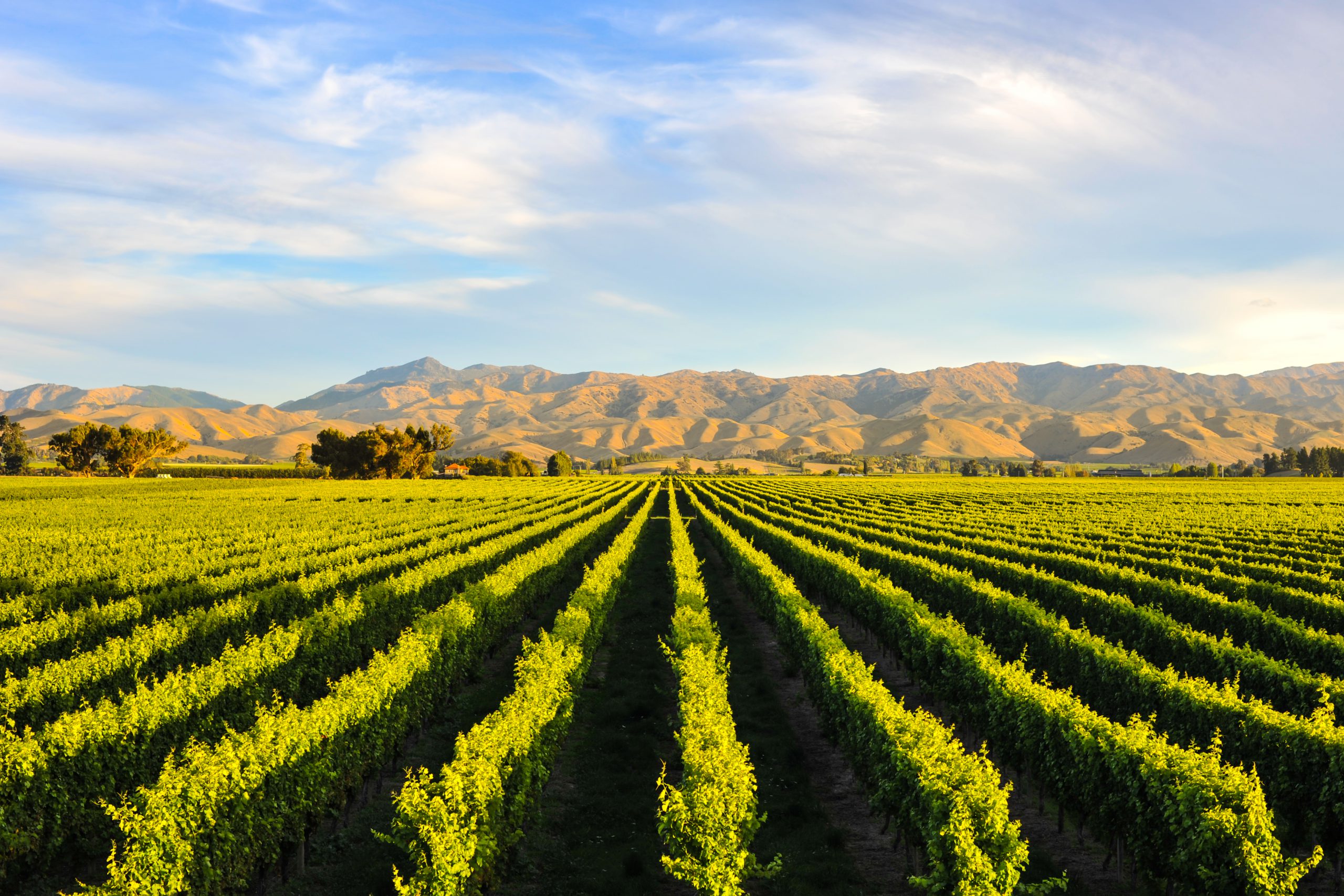
If you live at altitudes higher than 1000 feet above the sea, canning foods must be a whole different ball game for you. Making jams and preserves, veggies and tomato soups, or anything else is a unique experience when living so far above the surface of the sea.